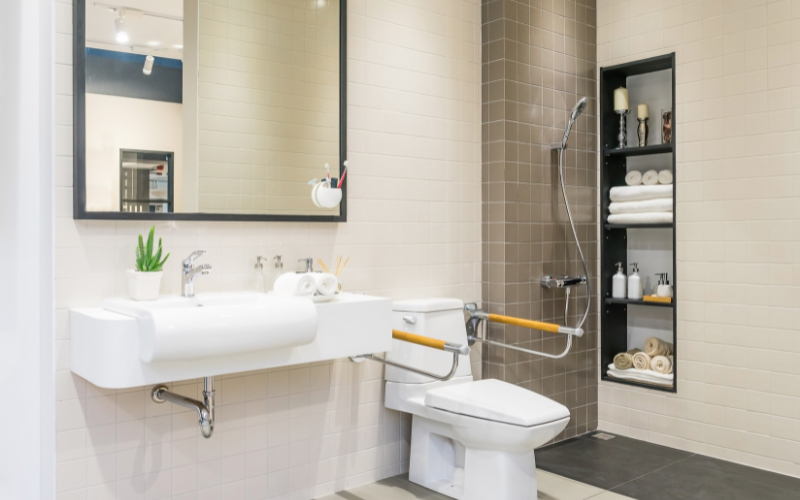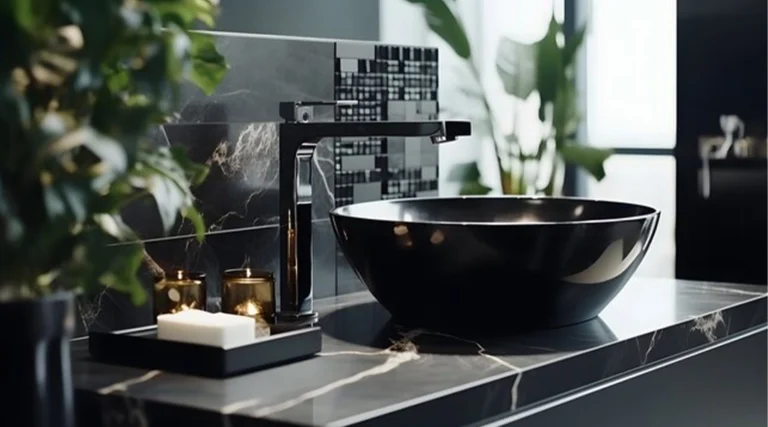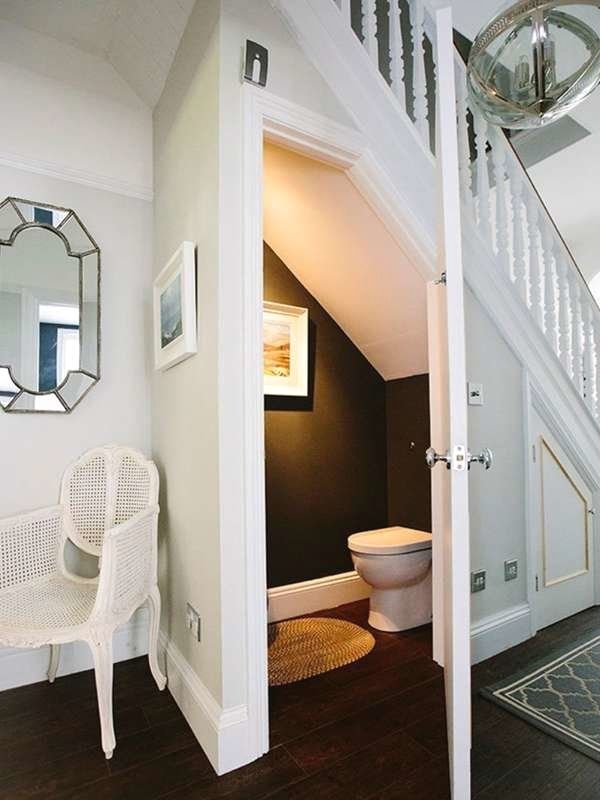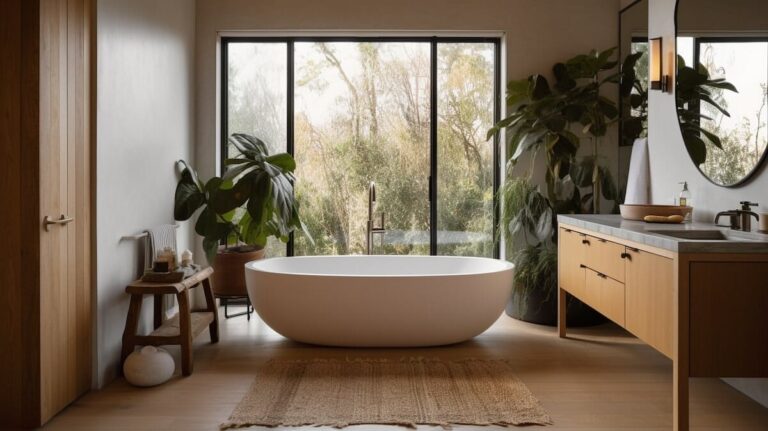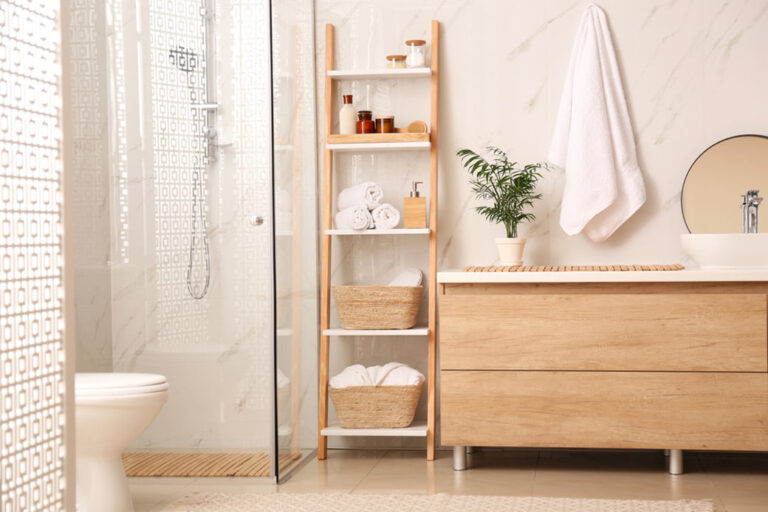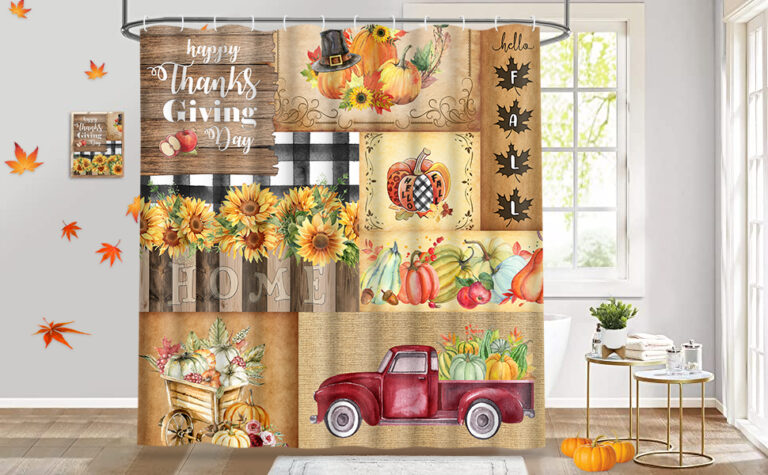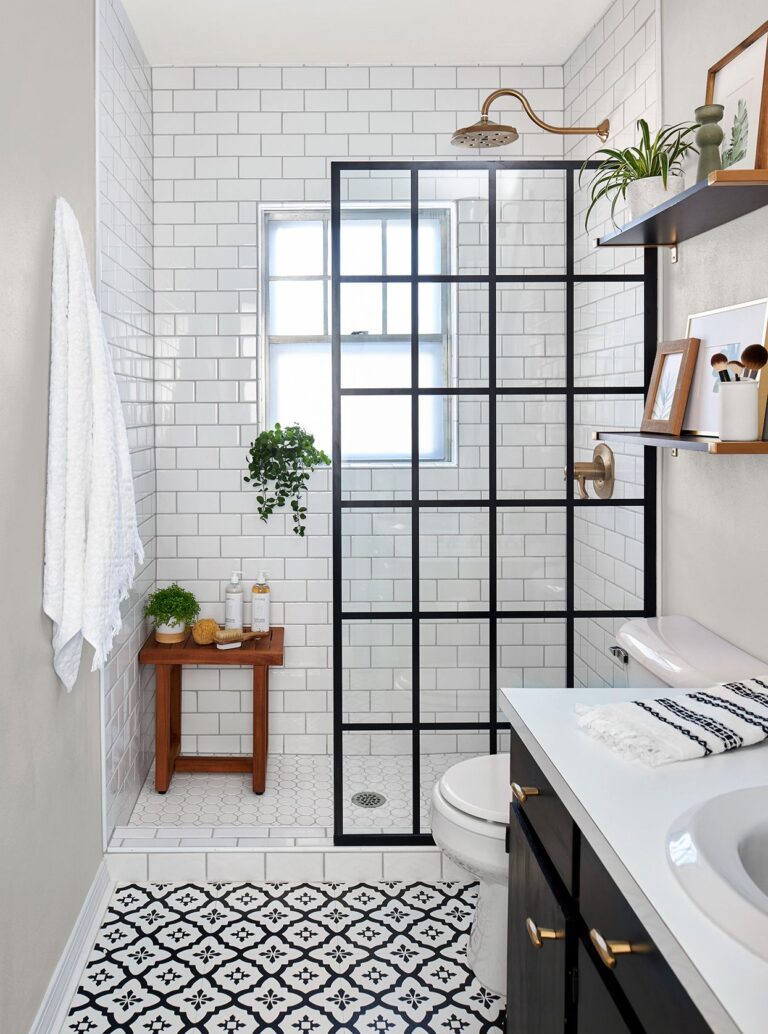The Ultimate Guide to Bathroom Upgrades for Seniors: Safe, Comfortable, and Accessible Ideas
Bathrooms are one of the most used spaces in any home, yet they are also among the most dangerous for seniors. According to the CDC, more than 230,000 people visit the emergency room each year due to bathroom-related injuries, with seniors being the most affected. That’s why bathroom upgrades for seniors are more than just home improvements — they are essential steps toward safety, independence, and dignity.
If you or a loved one are planning to age in place, upgrading the bathroom is one of the smartest investments you can make. From simple, affordable fixes like non-slip mats to larger renovations like walk-in showers, there are many ways to create a space that is safe, comfortable, and accessible. In this guide, we’ll explore practical bathroom upgrades for seniors that balance safety with style, ensuring confidence and comfort for years to come.
Why Bathroom Upgrades for Seniors Matter
As we age, balance, strength, and flexibility naturally decline. Tasks that were once easy — such as stepping into a bathtub or getting up from a low toilet — become more difficult and even risky. Bathrooms, with their hard surfaces and slippery floors, can amplify these risks.
Upgrading a bathroom isn’t just about preventing falls. It’s about creating an environment that supports independence. Seniors who can safely navigate their bathrooms are more likely to maintain dignity and avoid unnecessary reliance on caregivers. Plus, bathroom upgrades can also increase a home’s resale value, making them a practical choice for both short-term safety and long-term investment.
Quick and Affordable Bathroom Upgrades (No Major Renovation)
Not every solution requires a major remodel. In fact, many seniors can dramatically improve bathroom safety with simple and affordable upgrades.
1. Non-Slip Mats and Rugs
Slippery tiles are one of the top hazards in a bathroom. Adding non-slip mats inside and outside the shower, near the sink, and around the toilet can provide extra stability. Look for mats with suction grips or textured surfaces that stay firmly in place. These inexpensive solutions instantly reduce the risk of slipping on wet floors.
2. Raised Toilet Seats
A standard toilet sits about 15 inches off the floor, which can be too low for seniors with limited mobility. Raised toilet seats increase the height by 2–6 inches, making it easier to sit down and stand up without straining knees and hips. They are available as clip-on versions for quick fixes or permanent installations for long-term use.
3. Grab Bars and Handrails
Installing grab bars is one of the simplest yet most effective bathroom upgrades for seniors. They provide stability near toilets, tubs, and showers. Today, many stylish options are available that blend seamlessly with modern décor, so the bathroom doesn’t have to look clinical. Stainless steel or powder-coated bars are durable and resistant to moisture.
4. Shower Chairs and Benches
Standing for long periods can be exhausting. A shower chair or bench provides a safe resting spot, allowing seniors to shower comfortably while seated. Foldable wall-mounted benches save space, while free-standing chairs are easy to move. Pair them with a handheld showerhead for maximum convenience.
5. Good Lighting Solutions
Poor lighting increases the chance of accidents, especially at night. Adding motion-sensor lights near the toilet or shower can help seniors move safely without fumbling for switches. Consider installing bright, glare-free LED bulbs to improve visibility. Lighting strips along the floor or under cabinets can also guide nighttime navigation.
Bathroom Renovation Upgrades for Seniors
When budget allows, larger renovations can completely transform a bathroom into a senior-friendly space. These changes not only enhance safety but also improve overall accessibility.
6. Walk-In Tubs and Showers
Traditional bathtubs with high sides are difficult and dangerous to step over. Walk-in tubs and barrier-free showers eliminate this challenge. Many walk-in tubs come with built-in seating, water jets for muscle relaxation, and anti-slip flooring. For showers, a zero-threshold design allows wheelchair access, making it a future-proof investment.
7. Slip-Resistant Flooring
Flooring plays a huge role in bathroom safety. Replace slick tiles with slip-resistant options like textured vinyl, cork, or specially treated ceramic tiles. These surfaces provide grip even when wet and are easier to clean than traditional flooring. Adding a soft underlayment can also cushion falls if they do occur.
8. Comfort-Height Toilets
Comfort-height toilets, also known as ADA-compliant toilets, are about 17–19 inches high, which is closer to standard chair height. This extra height makes it easier for seniors to sit and stand without added strain. Upgrading to a comfort-height toilet can make a daily routine significantly safer and more comfortable.
9. Adjustable Showerheads
A fixed showerhead can be inconvenient for seniors who prefer sitting while bathing. Adjustable showerheads, especially handheld ones, allow flexibility. Pairing them with sliding bars ensures the showerhead can be positioned at the right height for every user.
10. Widened Doorways & Pocket Doors
For seniors who use walkers or wheelchairs, narrow bathroom doorways can be an obstacle. Widening the doorway to at least 32 inches ensures accessibility. Pocket doors are another smart option, as they slide into the wall and save space, making it easier to maneuver mobility devices.
Smart Technology for Senior Bathrooms
Technology has made bathrooms safer and more convenient than ever. Adding smart features can provide peace of mind for both seniors and caregivers.
11. Motion-Activated Faucets
These faucets reduce the need for twisting knobs, which can be difficult for those with arthritis. They also help conserve water and improve hygiene by minimizing touch.
12. Smart Temperature Controls
Scalding is a common risk in senior bathrooms. Smart shower systems with thermostatic controls allow users to set a maximum temperature, preventing accidental burns. Digital thermostats also make it easy to maintain a consistent, comfortable water temperature.
13. Emergency Call Systems
In case of a fall, time is critical. Installing emergency call buttons or voice-activated systems in the bathroom ensures help is always within reach. Some systems can connect directly to caregivers or emergency services via Bluetooth or Wi-Fi.
Design and Comfort Considerations
Safety doesn’t mean compromising on style. Seniors deserve bathrooms that feel warm, welcoming, and easy to navigate.
14. Contrast Colors for Visibility
Poor eyesight is common among seniors. Using contrasting colors for floors, walls, and fixtures makes it easier to distinguish different surfaces. For example, a dark toilet seat on a light-colored toilet improves visibility and prevents accidents.
15. Easy-to-Reach Storage Solutions
Overhead cabinets can be difficult and dangerous for seniors to access. Instead, opt for pull-out shelves, sliding drawers, or lower cabinets. Keeping essentials within easy reach reduces strain and prevents accidents caused by reaching too high or bending too low.
16. Warm and Cozy Atmosphere
Comfort is just as important as safety. Heated floors can keep the bathroom warm in winter, while towel warmers add a touch of luxury. Soft, diffused lighting creates a relaxing ambiance without glare. Adding plants or artwork can also make the bathroom more inviting.
Cost of Bathroom Upgrades for Seniors
One of the biggest questions families face is cost. Fortunately, bathroom upgrades for seniors can fit a wide range of budgets.
- Affordable fixes ($20–$200): Non-slip mats, grab bars, raised toilet seats, motion-sensor lights.
- Mid-range updates ($300–$3,000): Shower chairs, comfort-height toilets, adjustable showerheads, better flooring.
- Major renovations ($5,000–$20,000+): Walk-in tubs, barrier-free showers, widened doorways, smart technology installations.
In some cases, insurance or Medicare may cover part of the cost, especially for medically necessary upgrades like grab bars or shower benches. It’s worth checking local programs or senior assistance grants for financial support.
Bathroom Upgrades Checklist for Seniors
Here’s a quick checklist to prioritize upgrades:
- Install non-slip mats in key areas
- Add grab bars near toilet and shower
- Use a raised toilet seat or comfort-height toilet
- Improve lighting with motion-sensor LEDs
- Place a shower chair or bench
- Switch to a handheld showerhead
- Consider slip-resistant flooring
- Upgrade to a walk-in tub or barrier-free shower
- Add emergency call systems
- Organize storage for easy access
Conclusion
Bathroom upgrades for seniors are more than just renovations — they are steps toward independence, safety, and comfort. Whether you start with simple, budget-friendly fixes or plan a full remodel, each improvement makes a difference in reducing risks and enhancing daily living.
By focusing on accessibility, design, and smart technology, seniors can age in place with confidence. Start small, build over time, and create a bathroom that balances safety with style. After all, a well-designed senior-friendly bathroom is not just a safer space — it’s a space that brings peace of mind to both seniors and their loved ones.

